Automotive
THOMPSON RELISHES TIGHT INDY PRO 2000 CHAMPIONSHIP BATTLE

From Parker Thompson Racing
In a season that has seen Parker Thompson take part in races belonging to four different championship series, a tight Indy Pro 2000 presented by Cooper Tires championship battle has been a source of renewed energy and motivation. Between Indy Pro 2000, GT3 Cup Challenge, and the Canadian Touring Car Championship, the young Alberta native has competed in twenty-seven races this year. Driving the #8 car of Abel Motorsports, Thompson currently holds second place in the overall Indy Pro 2000 Championship standings. He is coming off a double-duty weekend at the Honda Indy Toronto, where he combined for three podiums and four top-five finishes in Indy Pro 2000 and GT3 Cup events.
“In terms of action on the track, this season has certainly been busier than I could have ever imagined. Maybe at some point I’ll grow tired of racing almost every weekend, but that is pretty hard to imagine when we are caught up in championship battles like this one in Indy Pro 2000. The Road to Indy is where I started my racing career, and a championship here would mean so much to me. It’s a hard fight though. There are three of us [Kirkwood, Frost and Thompson] all within five points of each other for 2nd place in the standings. And I’m sure that each of us are looking up at Lindh in that first-place position more than we are looking at each other.”
The series travels to Mid-Ohio Sports Car Course this weekend for Championship Rounds 10 & 11. The 2.25-mile track is one familiar to Thompson. He earned a win there earlier this year in GT3 Cup. Given the tight nature of the Indy Pro 2000 championship race, a win again seems like the only sure way for Thompson to improve his position in the standings. With experience at multiple levels on the Road to Indy though, Thompson takes a slightly different stance.
“Of course winning is always the objective, but this is a long season that often rewards consistency. After winning the first two races in St. Petersburg, I’ve been reminded often how important that consistency is. With Abel Motorsports, we’ve made a lot of headway this year. One single performance isn’t going to earn us the title. If our group can continue in the direction that we’ve been headed over the last couple of weekends though, then I’m very excited about our chances.”
Event Schedule
Cooper Tires Indy Pro 2000 Grand Prix of Mid-Ohio – Rounds 10 & 11
16:15 – 16:35 EST Qualifying 1July 27, 2019
09:10 – 09:30 EST Qualifying 2
17:00 – 17:40 EST Race1
July 28, 2019
10:00 – 10:50 EST Race 2
Follow along live with RoadToIndyTV or on IndyPro2000.com
About Parker Thompson
Red Deer, Alberta native Parker Thompson is regarded as one of Canada’s premiere racing drivers. He started racing karts at age 8 and his natural talent and competitive drive quickly elevated him to international level competitions. By age 13 he was ranked 3rd in the world in Rotax Max karts. Now 21 years old, Parker continues his successful career racing on the Road to Indy, and in multiple sports car series.
Automotive
It’s Time To Abandon Reckless EV Mandates
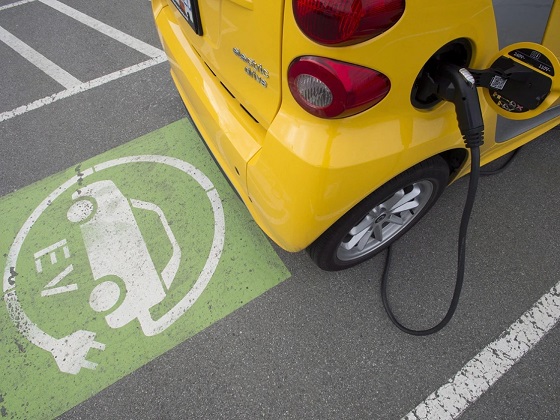
From Canadians for Affordable Energy

Already, billions of tax dollars have been handed out in subsidies to companies that have no accountability to the Canadian taxpayer. This experiment in societal re-engineering will disproportionately harm Canadian workers and families, especially those who live in rural communities.
And it will surely fail
Canada is not nearly ready for the wholesale adoption of electric vehicles (EVs).
That was the message of the letter I sent to every member of Parliament recently, urging them to drop the “Electric Vehicle Availability Standard” introduced by the Trudeau government late last year. That’s the policy that mandates that all new vehicles sold in Canada must be electric by 2035. There is no way, considering the economic, technological and infrastructural realities of our country — and our world — where this is possible.
Stubbornly attempting to achieve this goal would do serious damage to our economy, leaving Canadian taxpayers on the hook for generations to come. Already, billions of tax dollars have been handed out in subsidies to companies that have no accountability to the Canadian taxpayer. This experiment in societal re-engineering will disproportionately harm Canadian workers and families, especially those who live in rural communities.
And it will surely fail. In my letter I highlight a few of the central reasons why staying the course on EV mandates by 2035 is extremely reckless. Right off the bat, the technology is simply not there for electric vehicles to be a reliable source of transportation in Canada’s climate. The batteries cannot hold their charge in frigid temperatures. Forcing Canadians to rely on vehicles that can’t handle our winters is irresponsible and dangerous.
Electric vehicles’ cost is another issue. Right now, the EV market relies heavily on government subsidies. These subsidies can’t last forever. But without them EVs are prohibitively expensive. Even with them, the costs of maintaining an EV are high. Replacing a damaged battery, for example, can cost upwards of $20,000. Mandating that people buy vehicles they can’t afford to either purchase in the first place or maintain if they do buy them is political malpractice.
A fact long ignored by decision-makers in Ottawa is that our electrical grid isn’t ready for the excess demand that would come with widespread EV adoption. These mandates, paired with the government’s goal of fully decarbonizing the grid by 2035, put us on a collision course with the reality of unreliable power. A grid powered, not by reliable fossil fuels, but by spotty wind and solar energy would be further burdened with millions of cars relying exclusively on electricity.
Beyond the electricity itself, the EV mandates will require additional transmission and distribution capacity. But there are no signs any plan is in place to expand our transmission capacity to meet the 2035 target.
The sheer number of new charging stations required by wholesale adoption of EVs will strain our distribution networks. Natural Resources Canada projections show that Canada will need between 442,000 and 469,000 public charging ports by 2035. At the moment, we have roughly 28,000. And that doesn’t include the private charging stations people will need to install at home. Closing that gap in such a tight time frame is almost certainly impossible.
All of those considerations aside, at a fundamental level the government’s push for electric vehicles encroaches on the operation of the free market, all in the name of emissions reductions. The Canadian economy is founded on the market principle that the consumer drives the economy (no pun intended). Thousands of times over, it has been shown that if there is enough demand for a product, supply soon follows. In the case of EVs, however, the federal government is operating under the assumption that if you somehow create a supply, that will inspire a demand.
This hasn’t worked in any of the countries where it’s been attempted, which is why nations around the world have started to tap the brakes on EV mandates. Decision-makers in Ottawa need to follow suit and abandon these reckless and costly mandates. Let the market decide when EVs are ready for prime time. In other words, let Canadians decide.
Dan McTeague is President of Canadians for Affordable Energy
Automotive
Many Gen Z and millennial Canadians don’t believe in EV corporate welfare
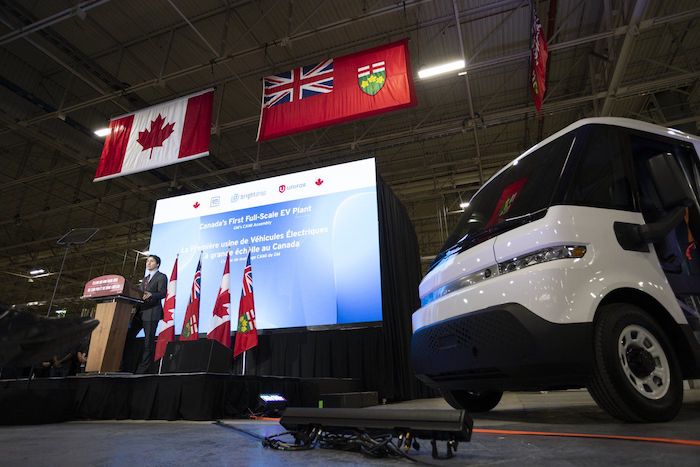
From the Fraser Institute
By Tegan Hill and Jake Fuss
The Parliamentary Budget Officer recently estimated federal government support for EV initiatives will cost Canadian taxpayers $31.4 billion, which represents roughly $1,043 per tax filer.
According to a new Leger poll, a significant percentage of Gen Z and millennial Canadians don’t believe that billions of dollars in government subsidies to build electric vehicle (EV) plants—including $5 billion to Honda, $13.2 billion to Volkswagen and $15 billion to Stellantis—will benefit them. And based on a large body of research, they’re right.
The poll, which surveyed Canadians aged 18 to 39 who are eligible to vote, found that only 32 per cent of respondents believe these subsidies (a.k.a. corporate welfare) will be of “significant benefit to your generation” while 28 per cent disagree and 25 per cent are on the fence.
Unfortunately, this type of taxpayer-funded corporate welfare isn’t new. The federal government spent an estimated $84.6 billion (adjusted for inflation) on business subsidies from 2007 to 2019, the last pre-COVID year of data. Over the same period, provincial and local governments spent another $302.9 billion on business subsidies for their favoured firms and industries. And these figures exclude other forms of government support such as loan guarantees, direct investments and regulatory privileges, so the actual cost of corporate welfare during this period was much higher.
The Trudeau government has shown a particular proclivity for corporate welfare. According to a recent study, federal subsidies have increased by 140 per cent from 2014/15 to 2023/24. But again, the money used to fund these subsidies isn’t free—its funded by taxpayers. The Parliamentary Budget Officer recently estimated federal government support for EV initiatives will cost Canadian taxpayers $31.4 billion, which represents roughly $1,043 per tax filer.
And Canadians are right to be skeptical. Despite what the Trudeau or provincial governments claim, there’s little to no evidence that corporate welfare creates jobs (on net) or produces widespread economic benefits.
Instead, by giving money to select firms, the government simply shifts jobs and investment away from other firms and industries—which are likely more productive, as they don’t require government funding to be economically viable—to the government’s preferred industries and firms, circumventing the preferences of consumers and investors. If Honda, Volkswagen and Stellantis are unwilling to build their EV battery plants in Canada without corporate welfare, that sends a strong signal that those projects make little economic sense.
Finally, higher taxes (or lower government spending in other areas) ultimately fund corporate welfare. And higher taxes depress economic activity—the higher the rates, the more economic activity is discouraged.
Unfortunately, the Trudeau government believes it knows better than investors and entrepreneurs, so it continues to use taxpayer money to allocate scarce resources—including labour—to their favoured projects and industries. And since politicians spend other people’s money, they have little incentive to be careful investors.
Canadians, including young Canadians, are right to be skeptical of corporate welfare. As the evidence suggests, there’s little reason to think it will lead to any economic benefit for them.
Authors:
-

 Brownstone Institute1 day ago
Brownstone Institute1 day agoThe Media Refuses to Accept Covid Reality
-
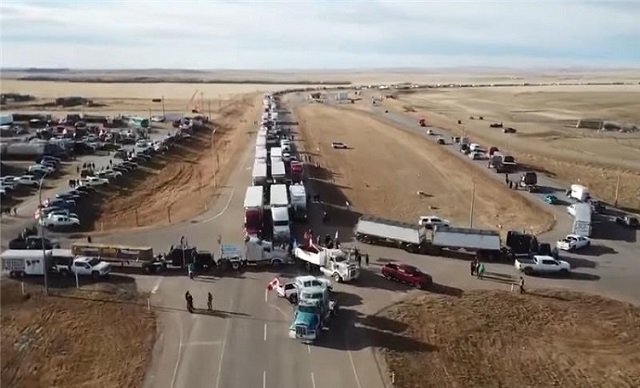
 Alberta1 day ago
Alberta1 day ago‘Fireworks’ As Defence Opens Case In Coutts Two Trial
-
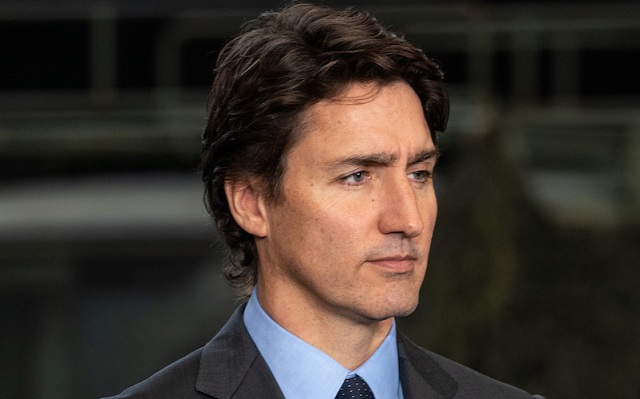
 National1 day ago
National1 day agoLiberals offer no response as Conservative MP calls Trudeau a ‘liar’ for an hour straight
-

 COVID-191 day ago
COVID-191 day agoLeaked documents: German gov’t lied about shots preventing COVID, knew lockdowns did more harm than good
-

 Business1 day ago
Business1 day agoFederal government seems committed to killing investment in Canada
-

 International1 day ago
International1 day agoSwitzerland’s new portable suicide ‘pod’ set to claim its first life ‘soon’
-

 Business1 day ago
Business1 day agoEstonia’s solution to Canada’s stagnating economic growth
-
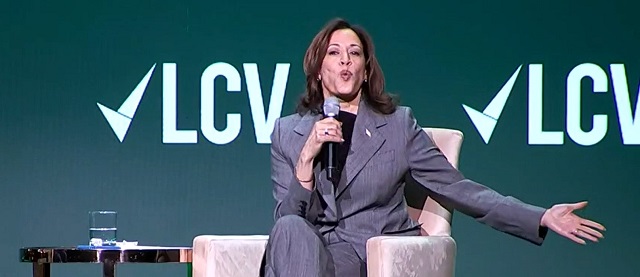
 Economy1 day ago
Economy1 day agoKamala Harris’ Energy Policy Catalog Is Full Of Whoppers








